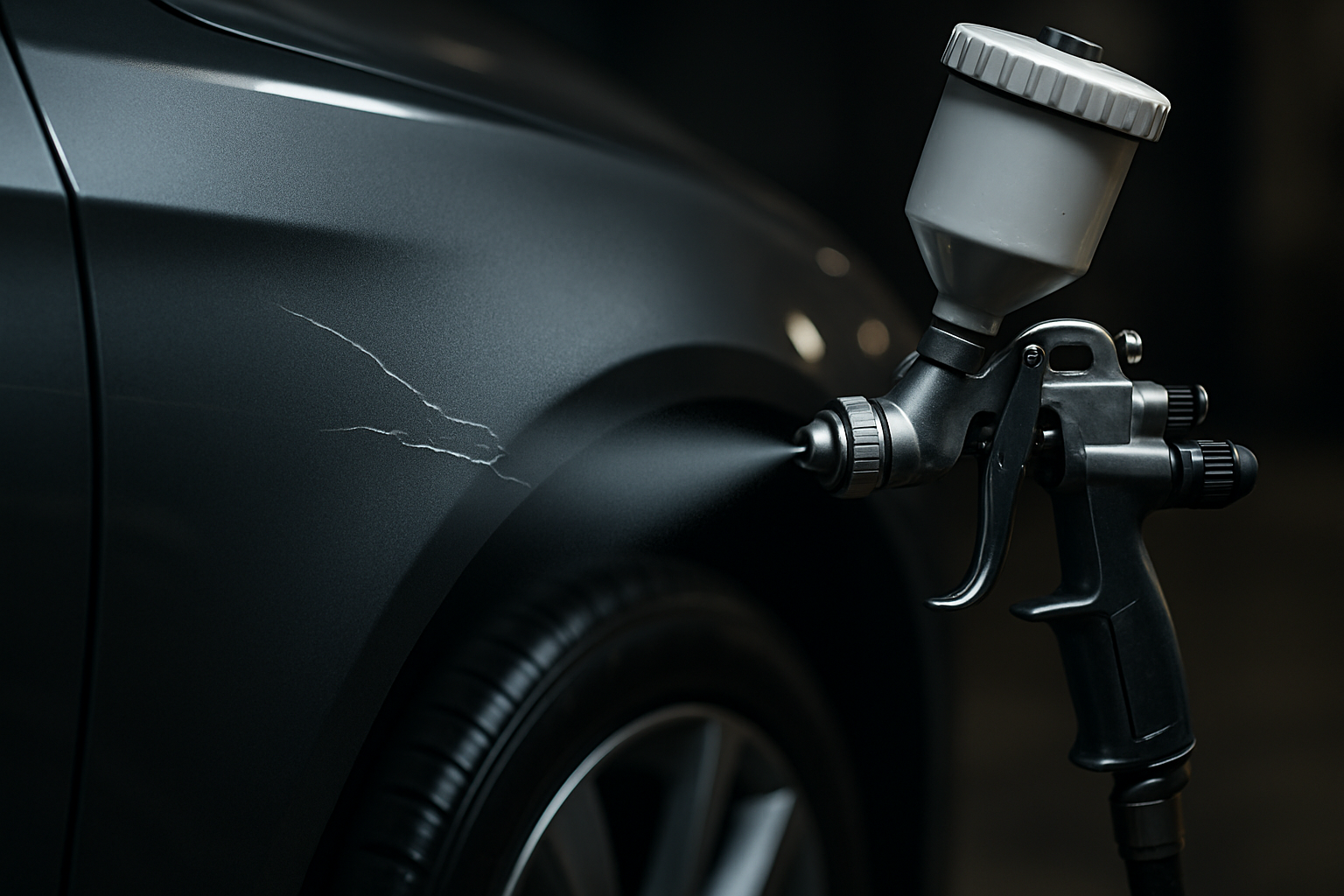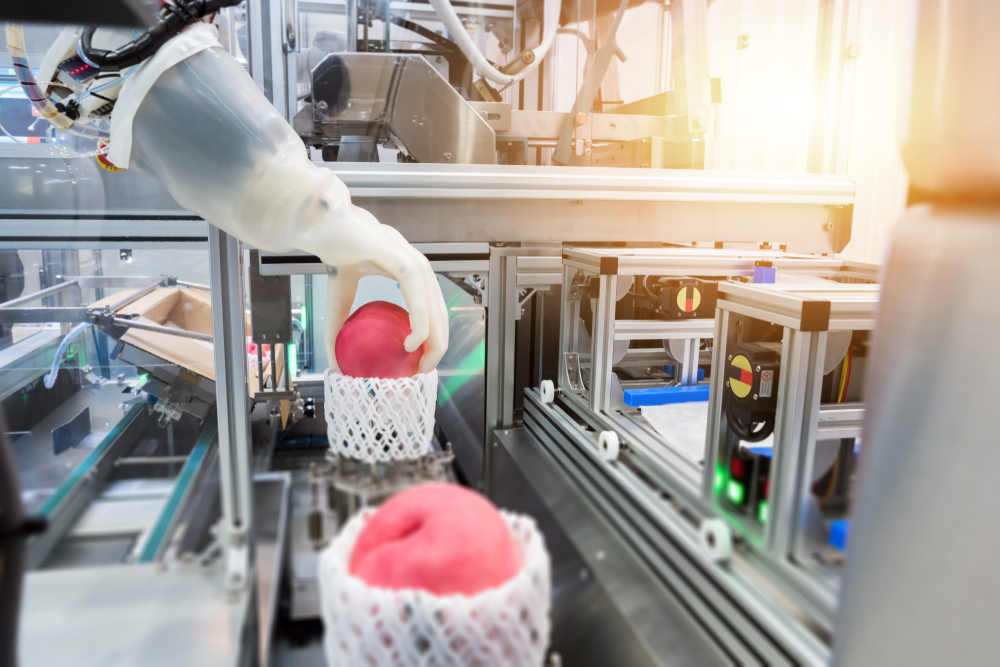The Intricacies and Innovations of Automotive Paint Technology
Introduction: Imagine a world where your car's paint could heal itself from scratches or change color according to your mood. Welcome to the fascinating realm of automotive paint technology, a field that has evolved significantly over the years and continues to push the boundaries of innovation.

The Evolution of Automotive Paint Technology
Automotive paint technology has come a long way since the early days of the industry. In the early 20th century, cars were painted by hand, a process that was time-consuming and lacked durability. The introduction of spray painting in the 1920s revolutionized the industry, allowing for faster production and more uniform coverage. Over the years, advancements in paint formulations have led to improved durability, gloss, and color options.
The Science Behind the Shine
The science behind automotive paint is complex, involving a blend of chemistry and engineering. Modern automotive paint is a multi-layer system, typically consisting of a primer, basecoat, and clearcoat. The primer helps the paint adhere to the car’s surface and provides corrosion resistance. The basecoat contains the color and effects, such as metallic or pearlescent finishes. The clearcoat provides gloss and protection against environmental factors like UV rays and acid rain.
Current Trends in Automotive Paint Technology
One of the most exciting trends in automotive paint technology is the development of self-healing paints. These innovative coatings contain microcapsules filled with a healing agent that can repair minor scratches and chips, maintaining the car’s aesthetic appeal and protecting the underlying metal.
Another trend is the use of color-shifting paints, which can change color based on the viewing angle or lighting conditions. This is achieved through the use of special pigments that can refract light in different ways.
The Impact of Automotive Paint Technology
The advancements in automotive paint technology have had a significant impact on the industry. High-quality paint finishes can enhance a car’s aesthetic appeal, increasing its market value. Moreover, innovative paint technologies can improve a vehicle’s durability and longevity, reducing maintenance costs and enhancing customer satisfaction.
However, these advancements also come with challenges. The production of automotive paints can have environmental implications, and the industry is under pressure to develop more sustainable solutions. Additionally, the complexity of modern paint systems can make repairs more difficult and costly.
The Future of Automotive Paint Technology
Looking ahead, the future of automotive paint technology is promising. Researchers are exploring the use of nanotechnology to create paints with enhanced properties, such as improved scratch resistance or self-cleaning capabilities. There is also interest in developing paints that can harvest solar energy, potentially contributing to a vehicle’s power supply.
In conclusion, automotive paint technology is a fascinating field that combines science, engineering, and art. As the industry continues to innovate, we can expect to see even more exciting developments in the future.





